Why Kenyan coffee beans are sour? Effect of water injection technique on the flavor of brewed coffee
I have introduced so many coffee beans to everyone in Qianjie. Which one do you think is the most acidic coffee growing area in the world? Many guests will feedback from the street that the acidity of the Kenyan coffee will be more prominent than other coffee beans. Indeed, Qianjie can clearly feel the acidity of Kenyan coffee tomatoes, oranges and lemons when doing a cup test, which is a blessing for acidity lovers. So why is Kenyan coffee so sour? What other coffee has similar acidity? Today, Qianjie will come to answer your questions.
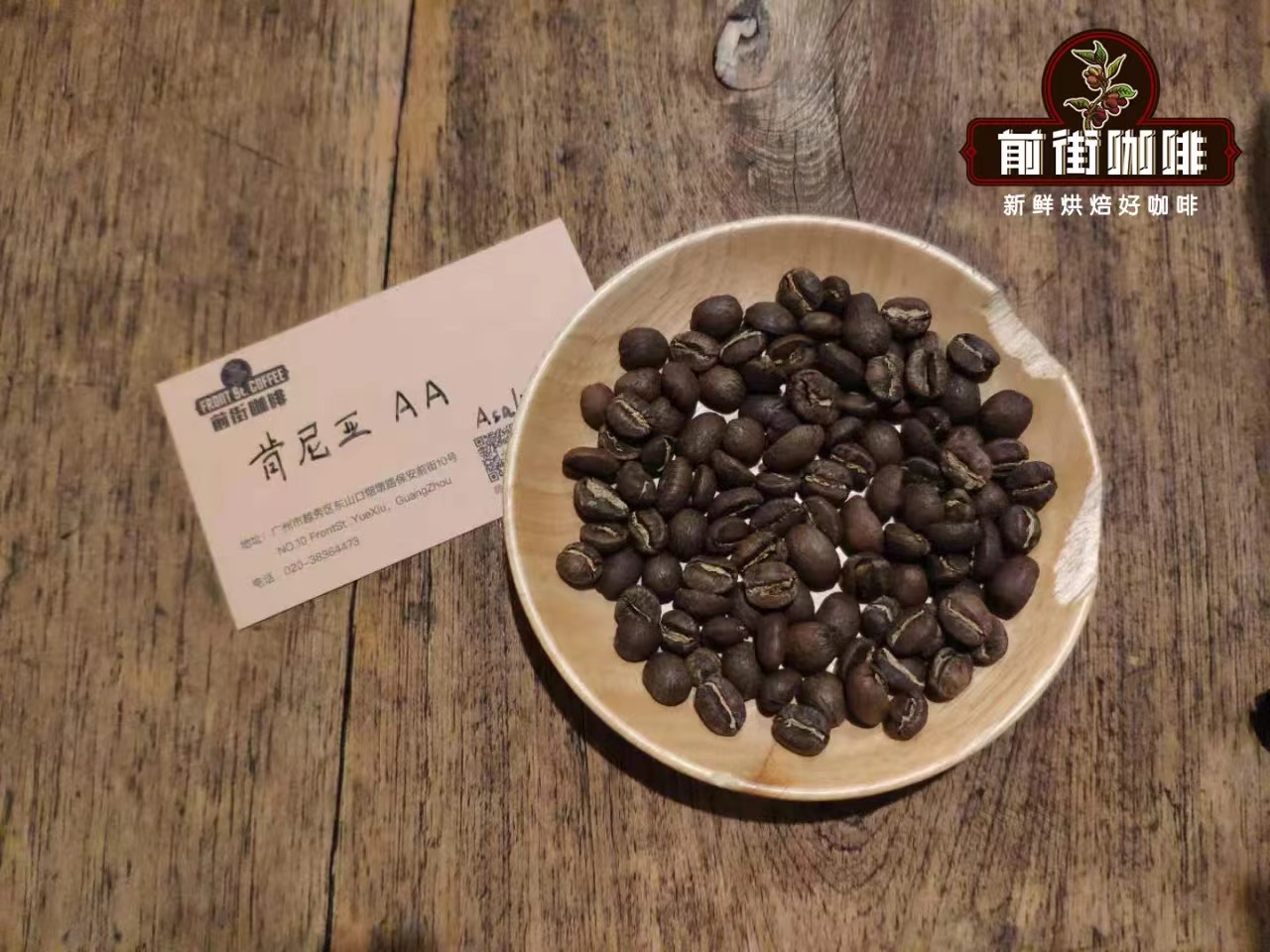
There is no doubt: Kenya is an amazing coffee producer. Coffee from this region is famous for its strong aroma, refreshing acidity, sweet berry flavor, rich taste and clean and lasting aftertaste. So first of all, we have to start with the origin. Kenyan Arabica coffee grows on the fertile volcanic soil of the highlands between 1400 and 2000 meters above sea level. Altitude and volcanic soil affect the taste. Qianjie believes that high altitude is one of the important factors for the good quality of coffee in AA, Kenya. The higher the altitude, the lower the temperature and the less oxygen. Coffee trees grow more slowly in such an environment, which means coffee has more time to absorb nutrients. Not only that, the high phosphoric acid in the soil is also one of the main sources of sour taste of Kenyan coffee. Phosphoric acid is not as exciting as citric acid and acetic acid, making the flavor of Kenyan AA coffee very bright but not obtrusive. Mount Kenya is an inactive volcano rich in minerals. The air in the highlands is shrouded in clouds, and the sun diffuses in the thin air, creating a cool temperature, especially at night. Just like Xinjiang, because of the big temperature difference between day and night, the fruit is particularly sweet. Kenyan coffee fruits produce more sugar at night. Beans produce strong fruity acidity, combined with a full body and strong aroma.
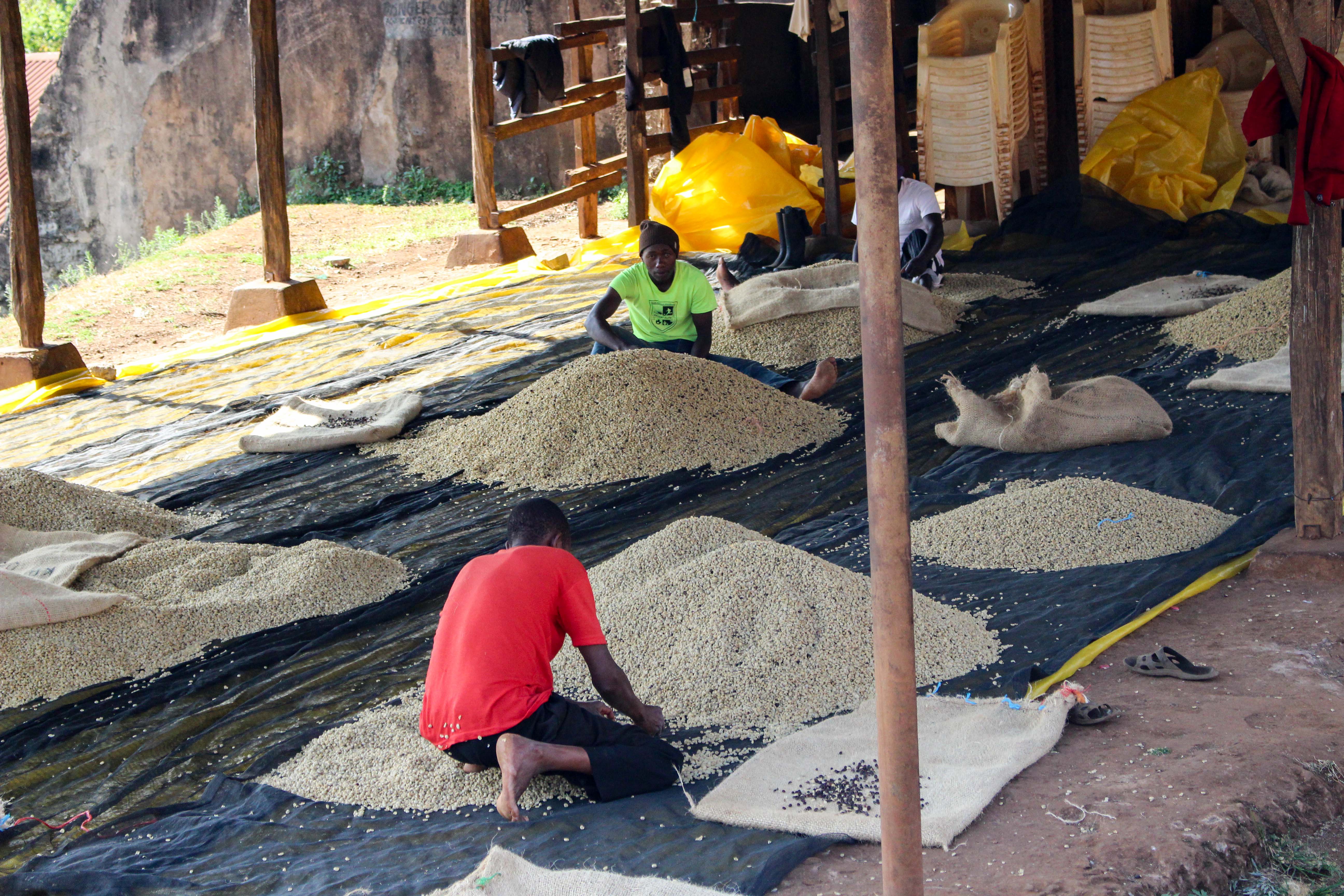
According to Qianjie Coffee, Kenyan coffee is usually grown by small farmers. Kenyan producers attach importance to quality, so processing and drying procedures are carefully controlled and monitored. In Kenya, "coffee batches" are made from larger quantities of coffee, which are one day transported from cooperatives to dry mills. When a batch of coffee arrives at the mill, it is processed (shelled), analyzed (technically and sensory), screened (separated according to the size of the beans) and given the final quantity. When parchment is removed from the beans during shelling, the beans are screened and separated according to shape and size. In this way, the quality of coffee is guaranteed to the greatest extent. Good management of a good factory will not allow immature or unevenly ripe cherries. This is because accepting such cherries undermines everyone's potential to get the best price. In the Kenyan coffee market, the price of coffee cherries is directly related to the quality of the cup. Most Kenyan coffee beans are washed. For Azaria, who used to have coffee on the street, she used the K72 coffee treatment. This is a special way of handling coffee. Unlike the traditional washing method, washed coffee beans need to be washed and re-sent more than three times after soaking in clean water for 24 hours, which takes a total of 72 hours, so it is also known as "K72" treatment. Time-consuming and labor-consuming, so Kenyan coffee beans are relatively expensive. Qianjie believes that this has something to do with the superior acidity of Kenyan coffee.
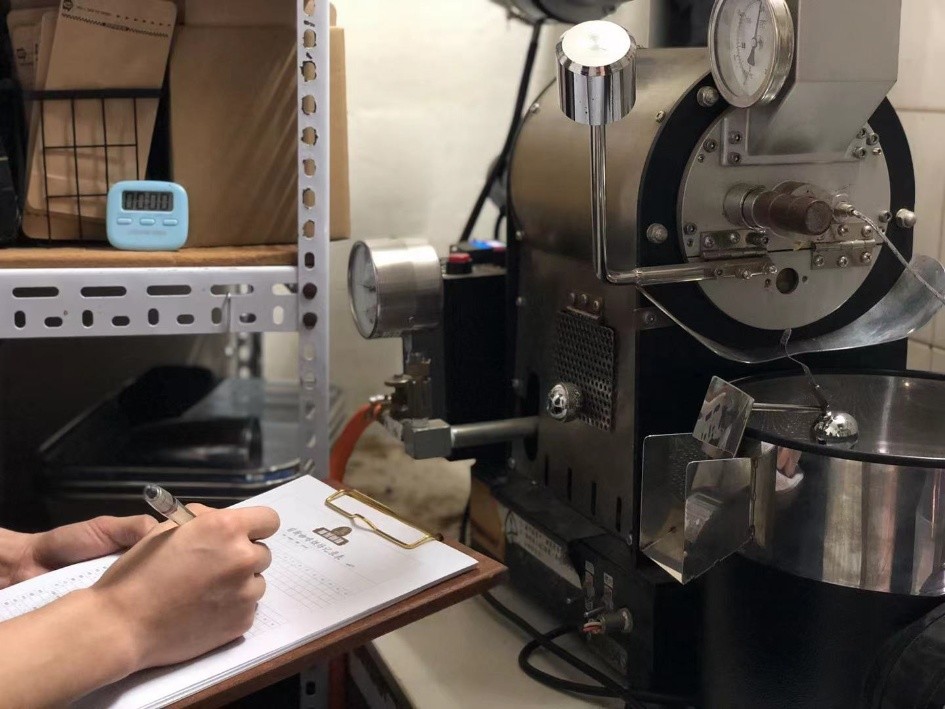
Roasting is also the reason why Kenyan coffee is sour. Some people think that acidity gives life to coffee. So why do most coffee roasts use flower-and-fruit-flavored coffee beans for shallow roasting? Qianjie thinks that we should look at the chemical reactions in the roasting process of coffee beans. Chlorogenic acid is the most common acid in raw beans at present. Coffee will gradually destroy chlorogenic acid in the roasting process. The concentration of acid usually reaches its peak at a very shallow baking degree. Then it decreases slowly as the baking time grows. The baking scheme designed for Azaria on the front street greatly magnifies the acidity of Kenyan coffee. Coffee roasting begins with raw coffee beans. Through the perfect balance of heat, air, rotation and other factors, the baker converts the raw beans into coffee that we are familiar with and love. In coffee, Maillard reaction converts the original organic compounds in raw coffee into delicacy and caramelizes sugars. Without Maillard reaction, the coffee would taste obviously sour and perhaps a little astringent.
For some friends who make coffee at home, Qianjie believes that there will also be some factors that affect the flavor of coffee. These factors are often ignored by beginners: the way coffee is brewed and extracted. First of all, let's talk about the brewing water of coffee. in recent years, in various coffee brewing competitions, the brewing water of coffee has become the focus of many baristas, who will customize their own coffee brewing water. As we all know, 98% of a cup of coffee is water, and water plays an important role in the brewing process. Household cooking water must ensure the quality and stability of the water. So what's the best water to use when making coffee? Usually we have three choices: filtered water, distilled water and pure water. Qianjie thinks we need to look at the TDs (total dissolved compounds) in the water, which are usually made up of magnesium, calcium, and bicarbonate. The PH value is also something we need to pay attention to. Qianjie thinks that the PH value is acceptable when the value is between 6.5 and 7.5. At neutral PH values, ideally, the total dissolved solids (TDS) of the best water used to make coffee is about 150mg / L. You also need close to 10 mg / L of sodium, 40 mg / L of total alkalinity and 0 mg / L of chlorine. Qianjie gives you the most direct choice: Nongfu Spring. As a household or commercial brewing water, the TDS value of Nongfu Spring is closest to the standard brewing water, which can bring out the aromatic solutes of coffee.
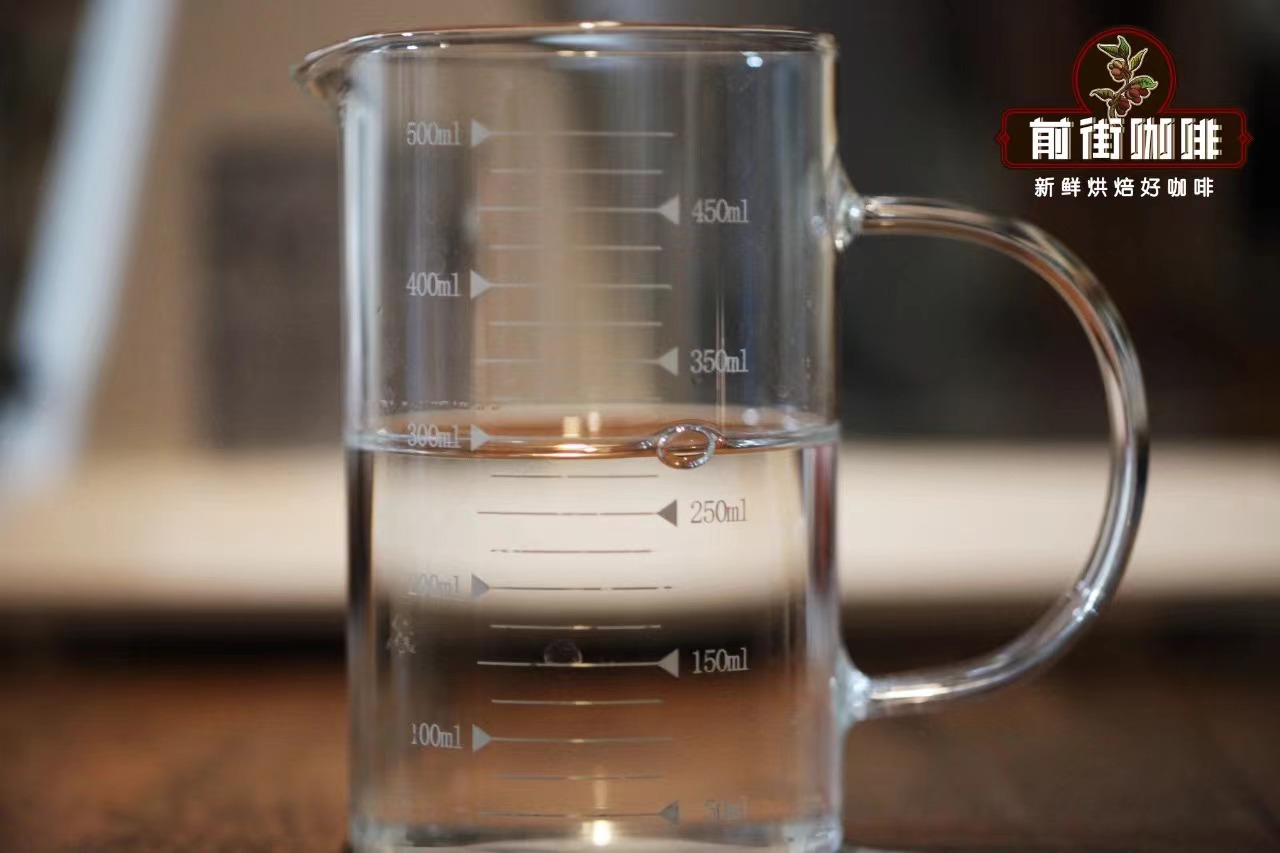
Let's talk about the problem of extraction. A common reason for sour coffee is insufficient extraction in the brewing process. This happens when you don't get enough flavor out of the coffee grounds during brewing. The longer the coffee is brewed, the more sugar is extracted from the coffee grounds, making the coffee sweeter. However, if the time is too long, there will eventually be bitterness (overextraction). If this happens, it is recommended that you adjust the grinding degree or water temperature. Buying coffee at the Qianjie store can require you to grind the coffee into powder. of course, if you want to grind the coffee yourself, Qianjie suggests buying a standard size 20 sieve. In the past, it would be reasonable for Azaria in the street to have a screening rate of 75% and 80%. The finer the grinding, the surface area of the coffee bean will increase and the extraction rate will increase. Therefore, when all conditions are equal, changing the degree of grinding will also change the flavor of the coffee. If the coffee flavor is too sour, just grind it a little thicker. With regard to the factors that affect the flavor of coffee in the brewing process, Qianjie also has a detailed explanation in the previous article. If you are interested, you can refer to it yourself.
Professional coffee knowledge exchange more coffee bean information please follow the coffee workshop (Wechat official account cafe_style)
For more boutique coffee beans, please add private Qianjie coffee on Wechat. WeChat account: kaixinguoguo0925
Important Notice :
前街咖啡 FrontStreet Coffee has moved to new addredd:
FrontStreet Coffee Address: 315,Donghua East Road,GuangZhou
Tel:020 38364473
- Prev
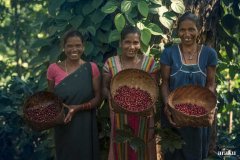
Indian shade tree coffee Arabica Busta beans compare spicy coffee beans?
The world's best shaded-growing mild coffee Indian coffee is the most extraordinary drink, offering charming subtlety and exciting intensity. India is the only country that grows all its coffee in the shade. These coffees are usually mild and not very sour, with exotic flavors and delicate aromas. Indian coffee also has a unique historical flavor! It all started about 400 years ago.
- Next
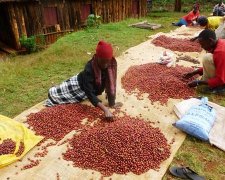
Characteristics of planting and processing Flavor of washed Coffee in Kenya brief introduction of Coffee washing and processing Plant gikirima
Africa used to dominate the global coffee market. At the peak of production, African countries accounted for four of the world's top ten coffee producers. Today, African coffee beans still compete in the world coffee market. Kenya is one of the largest exporters of fine coffee on the African continent. Qianjie will take you to learn about the cultivation and processing of coffee in Kenya. The GIKIRIMA factory is located in Mount Kenya.
Related
- Detailed explanation of Jadeite planting Land in Panamanian Jadeite Manor introduction to the grading system of Jadeite competitive bidding, Red bid, Green bid and Rose Summer
- Story of Coffee planting in Brenka region of Costa Rica Stonehenge Manor anaerobic heavy honey treatment of flavor mouth
- What's on the barrel of Blue Mountain Coffee beans?
- Can American coffee also pull flowers? How to use hot American style to pull out a good-looking pattern?
- Can you make a cold extract with coffee beans? What is the right proportion for cold-extracted coffee formula?
- Indonesian PWN Gold Mandrine Coffee Origin Features Flavor How to Chong? Mandolin coffee is American.
- A brief introduction to the flavor characteristics of Brazilian yellow bourbon coffee beans
- What is the effect of different water quality on the flavor of cold-extracted coffee? What kind of water is best for brewing coffee?
- Why do you think of Rose Summer whenever you mention Panamanian coffee?
- Introduction to the characteristics of authentic blue mountain coffee bean producing areas? What is the CIB Coffee Authority in Jamaica?

